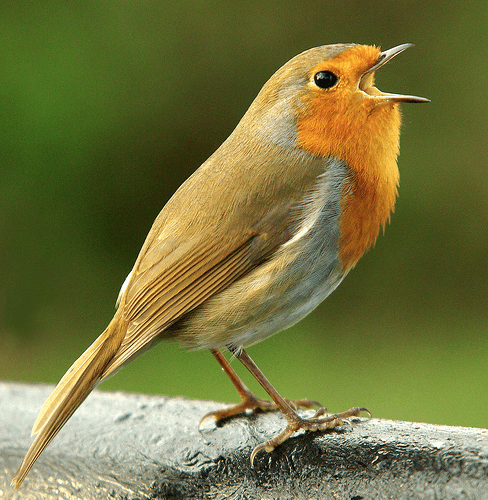Songbird in Western Ghats affected By Valleys, Gap, And Climate Change

A new study by National Centre for Biological Sciences on high elevation songbirds of Western Ghats, has found that deep valleys have greater impact on speciation than shallow ones in this mountain chain.
The study was conducted to investigate genetic variation of all 23 species of songbirds that inhabit the Shola forests of the sky islands of Western Ghats.
Details of the study:
- The study found that not all species are affected by the gaps. Out of the 23 species studied, 10 showed genetic divergences across the deepest, widest valley, the Palghat gap, while three others diverged across the Shenkotta gap. Only one species diverged across the shallowest valley, the Chaliyar River valley.
- While the Western Ghats were formed some 50 million years ago, the arrival of songbirds in the Western Ghats is only dated earliest to 34 million years ago.
- Simulated studies suggested the species diverged at different times.
- It was also observed that it was not only the valleys and gaps in the mountain, but also the climate that affect to play an important role in these bird divergences.
About Songbird:
- A songbird is a bird belonging to the clade Passeri of the perching birds (Passeriformes).
- This group contains some 4,000 species found all over the world, in which the vocal organ typically is developed in such a way as to produce a diverse andelaborate bird song.
- Songbirds form one of the two major lineages of extant perching birds, the other being the Tyranni which are most diverse in the Neotropics and absent from many parts of the world.
- Songbirds are alike in having the vocal organ highly developed, though not all use it to melodious effect.
- China in 1997 banned these hunting of the species, known there as the “rice bird“.
- Each year, millions of songbirds are killed for food, for profit or just for the joy of shooting something, as they move from their winter grounds in Africa to their summer breeding territories in Europe.
- There is evidence to suggest that songbirds evolved 50 million years ago in the part of Gondwana that later became Australia, New Zealand, New Guinea and Antarctica, before spreading around the world
June 19 2015
Escape2Wildlife.com
Total Page Visits: 723 - Today Page Visits: 3
With 4 years of Sightings data + Extensive expert tracker network in jungles, our customers had the best wildlife experiences.
Play with WildTrails Intelligence Tools
1. How many times tiger is seen per month?
2. What’s going on in Indian Forests today?
Live updates from Forest
3. Interested in playing more with Tiger sighting graphs? Click here?
Buy Wildlife Fashion Accessories
Exclusive Online Store for wildlife products
Packages
Packages Loading...
Recent Posts









